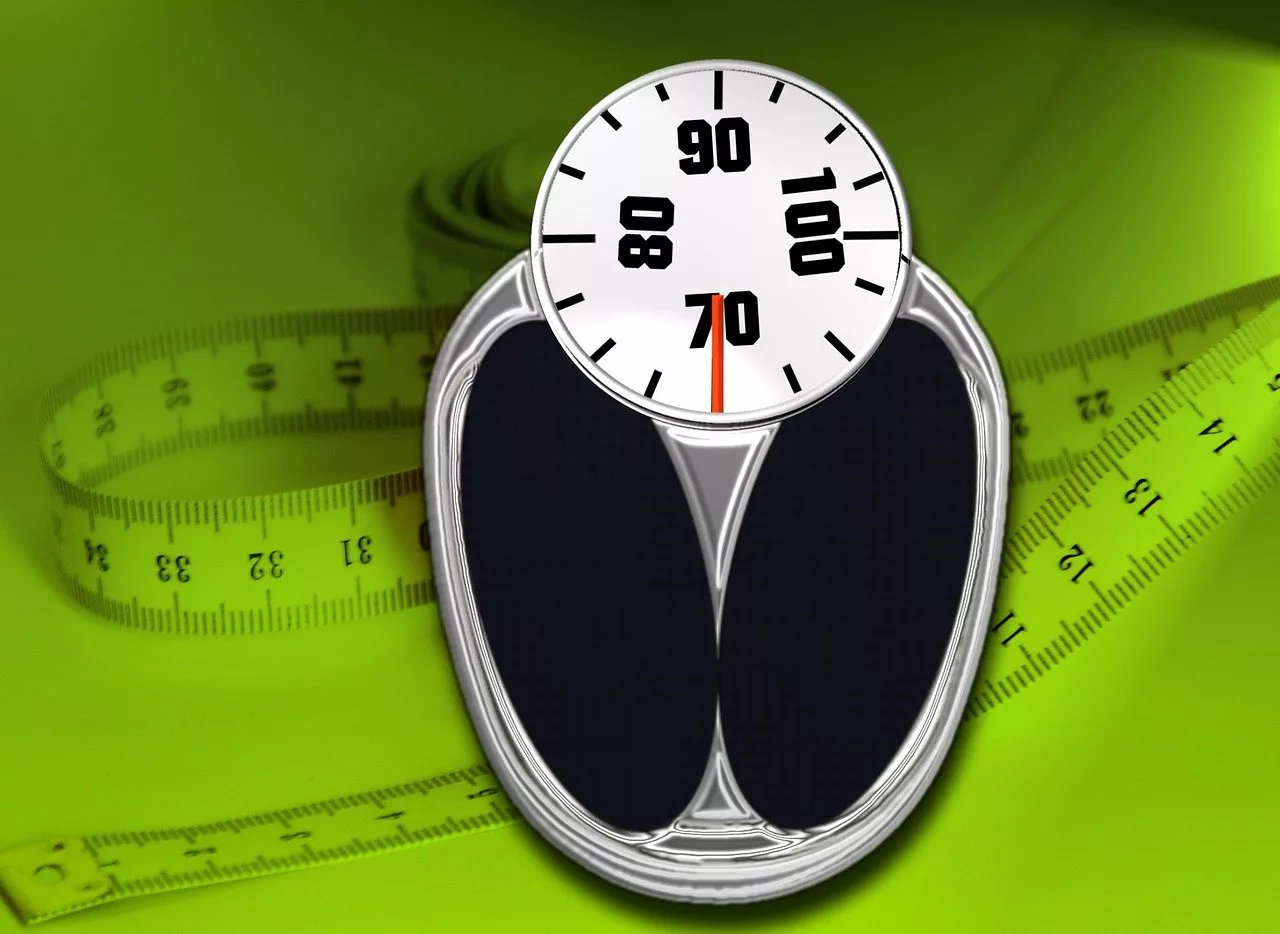
In a world where quick solutions are often desired, rapid weight loss has become a common goal for many. While it’s essential to focus on long-term health, there are research-backed methods that can help accelerate your weight loss journey. This post explores the science behind rapid weight loss and outlines strategies that are both effective and sustainable.
Understanding Weight Loss: The Basics
Weight loss happens when you burn more calories than you consume, creating a calorie deficit. This forces your body to tap into stored fat for energy. Achieving rapid weight loss requires maximizing this deficit through a combination of dietary adjustments, lifestyle habits, and strategic exercise. Let’s explore the science-backed methods to help you reach your goals quickly and safely.
Proven Strategies for Rapid Weight Loss
1. Calorie Deficit: The Foundation of Weight Loss
To lose one pound of fat, you need a calorie deficit of about 3,500 calories. For rapid weight loss, aim for a daily calorie deficit of 500 to 1,000 calories. Tools like mobile apps or food journals can help you track your intake and monitor progress, ensuring you stay on target.
Tip: Gradual and consistent tracking keeps you accountable and helps identify patterns that may hinder your progress.
2. High-Intensity Interval Training (HIIT)
Exercise plays a critical role in rapid weight loss, and HIIT is one of the most efficient methods. HIIT involves short bursts of intense exercise followed by rest or low-intensity recovery. Research shows that HIIT increases fat loss, boosts metabolism, and burns more calories in less time compared to steady-state cardio.
Example HIIT Routine:
Try alternating between 30 seconds of sprinting and 1 minute of walking for 20 minutes. This can maximize calorie burn both during and after your workout.
3. Incorporate a Protein-Rich Diet
Protein helps in multiple ways: it promotes satiety, preserves lean muscle mass, and increases calorie expenditure due to its thermic effect. Including lean sources of protein such as chicken, fish, tofu, and legumes can reduce appetite and help you stay within your calorie limits.
Pro Tip: Aim to include protein with every meal to keep hunger at bay and fuel your metabolism effectively.
4. Intermittent Fasting (IF)
Intermittent fasting has gained popularity as a powerful weight loss tool. It involves alternating periods of eating and fasting, such as the 16/8 method (16 hours of fasting, 8 hours of eating). IF enhances fat-burning, improves insulin sensitivity, and can help control calorie intake naturally.
Consider This: Start with a 12-hour fast and gradually increase the fasting window as your body adjusts to the routine.
5. Practice Mindful Eating
Mindful eating focuses on being fully present during meals, savoring every bite, and recognizing hunger cues. Research shows that this practice reduces overeating, emotional eating, and binge eating—factors that can hinder rapid weight loss.
How to Practice: Eat without distractions (like your phone or TV) and take the time to appreciate the flavors and textures of your food.
6. Prioritize Sleep for Better Results
Sleep is often overlooked but plays a vital role in weight management. Inadequate sleep disrupts hunger-regulating hormones and increases cravings for unhealthy foods. Aim for 7-9 hours of quality sleep per night to support your body’s metabolism and recovery.
Actionable Tip: Create a bedtime routine, such as reading or meditation, to help you fall asleep faster and improve sleep quality.
7. Stay Hydrated Throughout the Day
Proper hydration is essential for weight loss. Drinking water before meals can help reduce appetite and calorie consumption. Additionally, water boosts metabolism and supports overall health.
Quick Hack: Start your day with a glass of water to kickstart your metabolism, and drink a glass before each meal to prevent overeating.
8. Choose Nutrient-Dense Foods
Nutrient-dense foods provide essential vitamins and minerals without excess calories. Fill your plate with fruits, vegetables, lean proteins, and whole grains to feel satisfied and energized while maintaining a calorie deficit.
Meal Idea: A salad with grilled chicken, quinoa, and mixed greens offers protein, fiber, and essential nutrients in a low-calorie meal.
Final Thoughts
Rapid weight loss is achievable when you combine a calorie deficit with efficient exercise, mindful eating, and healthy lifestyle habits. While these strategies can accelerate results, it’s crucial to maintain a focus on long-term health and sustainability.
Before starting any rapid weight loss plan, consult with a healthcare professional or dietitian to ensure the approach is safe for your needs and goals. Remember, the ultimate goal is not just to lose weight quickly but to adopt habits that support lifelong wellness.
By incorporating these science-backed strategies, you can achieve your weight loss goals faster while ensuring you maintain good health along the way. Stay consistent, be patient with yourself, and celebrate every step forward!
Recommended Post: How to Lose Weight Fast — 3 Simple and Proven Ways
#LoseWeight #weightloss #WeightLossTips Premium Contents
Comments
Post a Comment